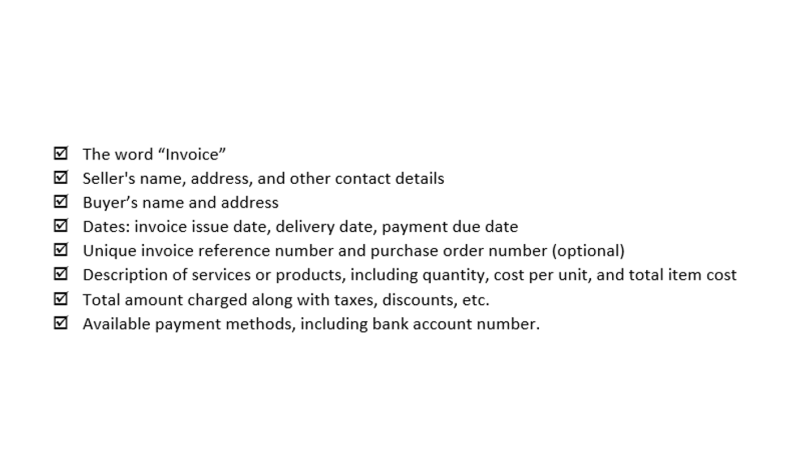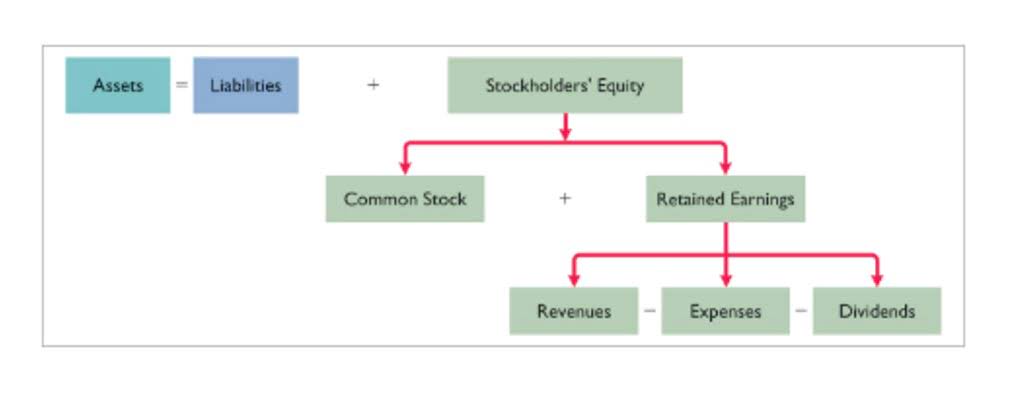Schedule K-1 Tax Form for Partnerships: What to Know to File

Interest and additional tax on compensation deferred under a section 409A nonqualified deferred compensation plan that doesn’t meet the requirements of section 409A. See section 409A(a)(1)(B) to figure the interest and additional tax on this income. Report this interest and tax on Schedule 2 (Form 1040), line 17h. This income https://www.bookstime.com/articles/what-is-expense-management-automation is included in the amount in either box 4a or box 4b. The amount reported reflects your distributive share of the partnership’s net section 199A(g) deduction. If the partnership was a patron of an agricultural or horticultural cooperative (specified cooperative), you must use Form 8995-A to figure your QBI deduction.
- The corporation will give you a statement that shows the amounts to be reported on Form 4684, Casualties and Thefts, line 34, columns (b)(i), (b)(ii), and (c).
- The partnership will report your share of qualified conservation contributions of property used in agriculture or livestock production.
- If it reports the other two types of unrecaptured gain, it’ll provide an attached statement that shows the amount for each type of unrecaptured section 1250 gain.
- It’s wise to either go to a tax professional or at least use reputable tax-filing software if you’re receiving Schedule K-1 forms.
- If section 42(j)(5) applies, the partnership will report your share of the low-income housing credit using code C.
- If you didn’t materially participate in the oil or gas activity, this interest is investment interest expense and should be reported on Form 4952.
- Use the information reported in box 17 (as well as your adjustments and tax preference items from other sources) to prepare your Form 6251; or Schedule I (Form 1041), Alternative Minimum Tax—Estates and Trusts.
What is a K-1 form?

In addition, each partner should receive a copy of Schedule K-1 to use on their personal tax returns. While this arrangement may seem tedious or confusing, filing and distributing Schedule K-1s is easy, and a few examples should clarify it. Because the co-owners of a partnership, rather than the corporation itself, pay taxes on the corporation’s income, the partnership must file multiple Schedule K-1 forms. In this way, each shareholder’s share of the taxable profit or loss is regularly recognized for both the company and the individual owners.

Is Schedule K-1 considered income?
Both the partnership and you must meet the qualified nonrecourse rules on this debt before you can include the amount shown next to Qualified nonrecourse financing in your at-risk computation. Item K1 should show your share of the partnership’s nonrecourse liabilities, partnership-level qualified nonrecourse financing, and other recourse liabilities at the beginning and the end of the partnership’s tax year. If you terminated your interest in the partnership during the tax year, item K1 should show the share that existed immediately before the total disposition. A partner’s recourse liability is any partnership liability for which a partner is personally liable.
CoCounsel: The GenAI assistant for tax and accounting professionals
Regulations section 1.705–1(a)(1) requires partners to determine the adjusted basis in their partnership interest as necessary to determine their tax liability. For example, a determination is required when a partner sells or exchanges all or part of their partnership interest or when a partner’s entire partnership interest is liquidated. In general, a partner’s adjusted basis is determined under the principles of subchapter K, including sections 705, 722, 733, and 742. Generally, partners may only claim their share of a partnership loss (including a capital loss) to the extent it doesn’t exceed their adjusted basis in the partnership at the end of the partnership’s tax year. Similarly, S corporations report the income, losses and dividends paid to shareholders on a K-1.
Starting a Business? (How to Start a Business Guide)
However, work in connection with the activity isn’t counted toward material participation if either of the following applies. If you had unutilized EBIE and disposed of a portion or all of your partnership interest, enter the increase in basis on line 17. Enter as a negative amount any nondeductible expenses reported in box 18 of Schedule K-1.
One way to tackle this issue is to hold your ETFs or other investments that are limited partnerships inside an IRA. You’ll still get a K-1 at the end of the year, but the taxes are still deferred and it won’t require any additional tax calculations on your end. If you’re holding these in a k1 meaning taxable account, though, it’s a good idea to use good tax preparation software that will guide you through the process. Here’s what Forbes has to say about how TurboTax handles K-1 forms. The partnership will provide your section 743(b) adjustment, net of cost recovery, by asset grouping.
- The partnership will report any information you need to figure the interest due under section 453(l)(3) with respect to the disposition of certain timeshares and residential lots on the installment method.
- Completing and filing a Schedule K-1 form may seem difficult initially, but with the guide below, it doesn’t have to be.
- Here you’ll report any guaranteed payments you received from the partnership.
- If the S corporation checked the box, see the attached Schedule K-3 with respect to items of international tax relevance.
- These losses and deductions include a loss on the disposition of assets and the section 179 expense deduction.
responses to “I Received a K-1. What Is It?”
You must also complete Schedule D (Form 8995-A), Special Rules for Patrons of Agricultural or Horticultural Cooperatives, to determine your patron reduction. The amount reported reflects your distributive share of the partnership’s net section 199A dividends. The partnership will report any information you need to figure the interest due or to be refunded under the look-back method of section 460(b)(2) on certain long-term contracts. Use Form 8697, Interest Computation Under the Look-Back Method for Completed Long-Term Contracts, to report any such interest. This gain is in addition to any gain recognized under section 731 on the distribution.
What to Do If You Don’t Receive a Schedule K-1
You may still be required to pay tax on distributions received inside a retirement account from an MLP, LLC, or S-Corp because of something called “unrelated business taxable income,” or UBTI. For this reason, it’s generally best to avoid these kinds of investments in a retirement account. In summary, a Schedule K-1 issuing entity may be able to pass more income along to you, the investor, but you may end up giving more of it back in taxes than if you’d received regular dividends from a corporation. It really boils down to your tax rate, and how much more income the LLC, MLP, or trust is able to pay.
Artistes with similar sounds, styles – Punch Newspapers
Artistes with similar sounds, styles.
Posted: Sat, 22 Apr 2023 07:00:00 GMT [source]



